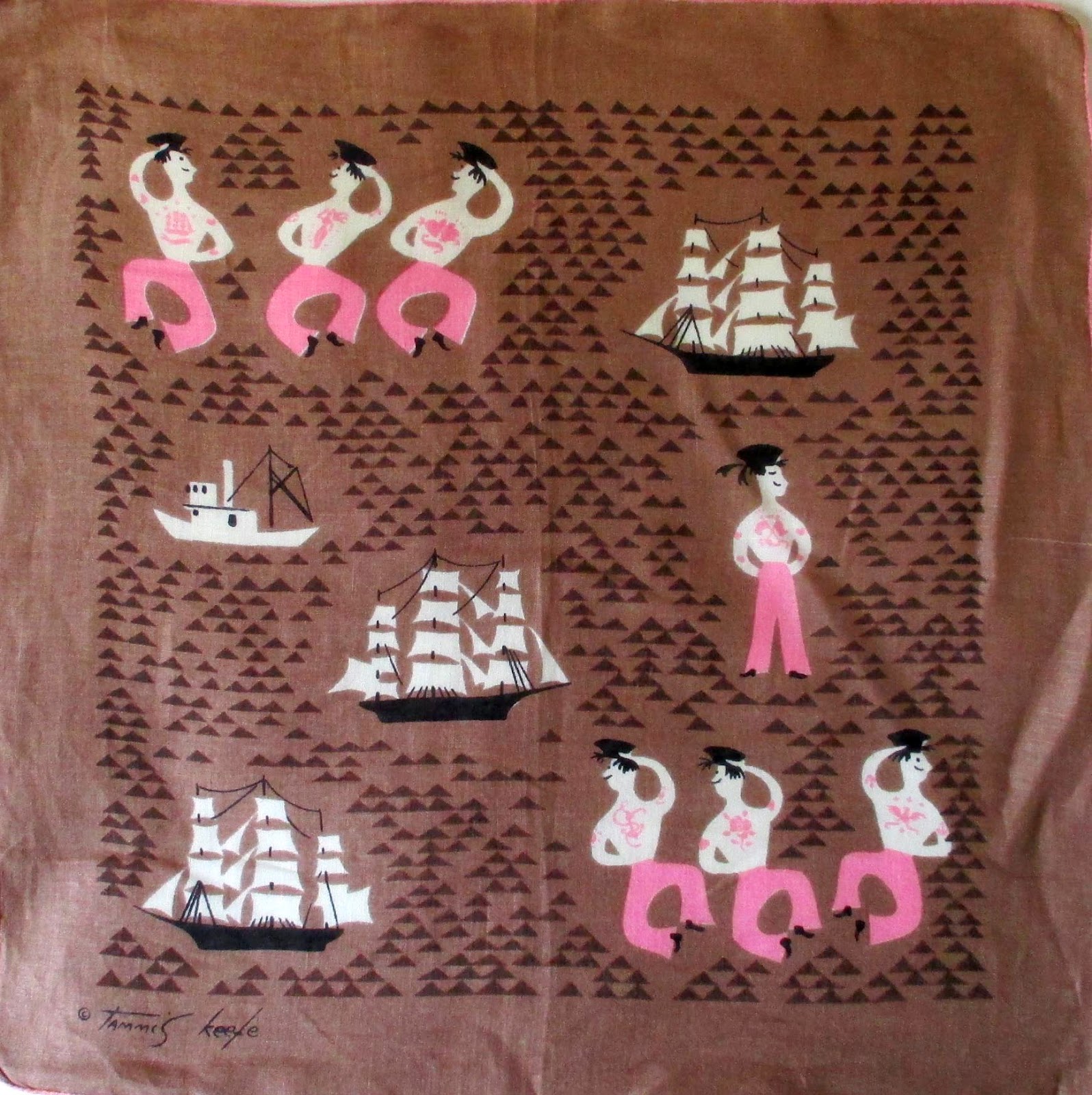
Kathryn Harrison's new book Joan of Arc, A Life Transfigured uses every lens possible to endeavor to understand her. Literature and cinema interpretations are offered side-by-side with historical account; the myth and legend appears next to the flesh-and-blood girl.
First throw out any ideas of Joan being simple, ignorant, delusional, unstable or pure fiction. Her folks were pretty important people, and Joan could sign her name. She definitely knew her religion and faith. If her visions were a side effect of illness, how could she have been so cogent and well spoken? You can read the trial of Joan here. This is not fiction.
Harrison goes to great length to compare Joan to the Synoptic Gospel accounts of Jesus. It is sometimes disturbing, leaving me wonder if we are to think that Joan, a product of the Medieval church, knew the Gospel so well she could purposefully imitate Jesus? Is Joan's story redacted to appear more like that of the Christ? Can we twist any history through a lens and see what we want to see? I leave that up to you to decide.
What we can know is that Joan inspired the common soldier to do things he would never have done without her, pushed a reluctant Dauphin to claim the throne of France, and routed the English from Orleans. Then the king and leaders found no more use for her. Joan was left aimless without an army or battle to fight, eager to finish routing the English off the continent. Her love of male finery was her undoing: a soldier grabbed her fine cloth of gold cloak and pulled her off her horse. She was imprisoned for a year before her death at age 19, the man she gave his crown unable or unwilling to raise ransom money. For a Catholic who expected a bodily resurrection, the destruction of her body by burning upset her more than death itself.
Joan grew up wearing a homespun russet gown that laced up the front. When she responded to her voice's call to lead France against the Brits she bobbed her hair and adopted male attire. This was against Biblical law. Joan became quite foppish. A fashion explosion was going on in Europe, one only the upper crust could legally indulge in. Rich new fabrics and style innovations abounded. At at time when available virgins flaunted their hair, Joan's short cut was at once a requirement for war but also a statement that she was not available.
Part of her insistence on men's wear may have been the chastity belt aspect: Joan's tight leggings were attached to the short puffy pants with forty cords that were triple threaded through holes. Inconvenient for a women's needs, but also for a would-be assaulter. Virginity was part of her power and mystic, a requirement to live up to the old Lorraine legend of a maid rescuing France, and a statement of not being an evil sexual woman. Females, after all, were known to be the devil's tool to bring down virtuous men. The worst thing Joan's accusers could do was call her a wanton slut.
She wore armor, sometimes for days, and her soldiers were impressed that she could stand it. She had a quilted and padded top under the armor, but still it weighted a lot, and sleeping in a metal shell meant aches and bruises. But unlike the paintings you find, she had no long partial skirt under her armor.
Joan's cloak of gold had to have been a remarkable gift, as the fabric was worn by high church officials and kings and queens. See an example of a cloth of gold dress, made between 1403 and 1403, and worn by Queen Margaret here.
For centuries we have been fascinated by Joan. We don't get answers in this book. We see what we want to see in Joan. Then perhaps it is Joan's very mysteriousness that keeps us fascinated generation after generation.
Joan of Arc, A Life Transformed
by Kathryn Harrison
Publication date: October 28, 2014
Doubleday
$14.99
ISBN 9780385531221
























